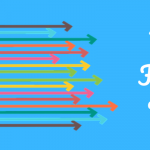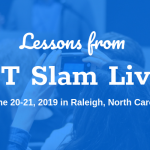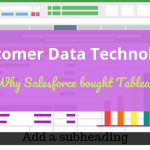
Machine Learning for Marketers: Tiny Primer on a Huge Topic
Time to read: 5 Minutes
At an upcoming DC Marketing Tech Talk, we’re diving into machine learning for marketers. It’s called ML for short. This technology helps marketers with insights for many applications; it can power search, improve customer service and support, optimize content, understand brand sentiment, speed lead qualification, cut churn, optimize lead scoring and routing, improve content personalization, and optimize sales channels. And while the list goes on, it really works best for predicting the next, near-term steps.
Obviously, ML s a hot topic that means big green. IDC estimates that machine learning for marketing stood at about $360 million globally in 2016, on its way to over $2 billion just 2 years from now. With its 50% annual growth rate, and next week’s MarTech Talk, time to brush up on machine learning for marketing basics.
What is Machine Learning Anyway?
To help understand ML, let’s first understand what it isn’t. It’s neither the same as artificial intelligence(AI) nor is it computer programming as we know it today.
Let’s first look at AI.
AI-related technologies behave like people. Think of AI and self-driving cars and smart homes comes to mind. For example, a smart home AI use are automatic window treatments. Sensors constantly collect data about the amount of sunlight to automatically open or close them.
Let’s next look at how programming computers works today.
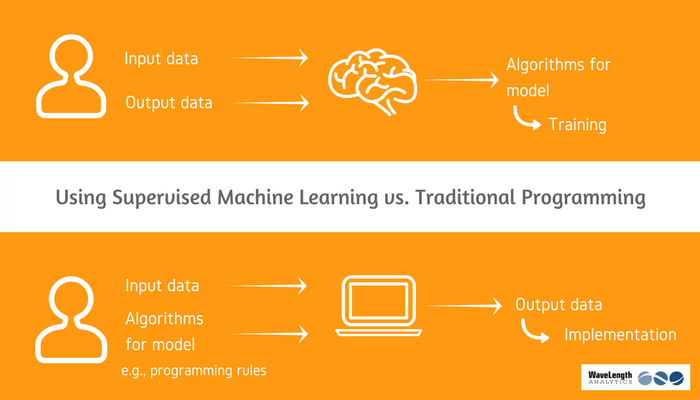
Figure 1: Machine Learning vs Traditional Programming
Right now, a human tells a computer what to do. It does this by using pre-defined rules. For example, a developer writes a program to tell the computer the difference between a cat and a dog.
So how is machine learning different?
Machine learning is a type of AI that constantly uses and improves algorithms, which are a series of steps to complete a defined task. In the case of ML, those algorithms learn from data. Using lots and lots of data generated from our networked life, together with algorithms, ML technologies make intelligent predictions or perform actions.
So ML works very differently from a computer program. Instead of a human telling a computer what to do, the computer learns on its own.
It does not rely on rules written by developers. instead of writing a program to tell the difference between a dog and a cat, an algorithm gets data to become “trained,” and learns by itself to tell the difference.
Believe it or not, machine learning can greatly simplify problem solving.
This is especially true for complicated problems. Problems with a huge number of possible outcomes are just too difficult for a traditional developer. It’s simply impossible to foresee them all, and certainly impossible to program them all.
Enter the magic of machine learning for marketers.
How Machine Learning Works
Right now, there are 3 main machine learning types – supervised, unsupervised and reinforcement.
With names like that, you can pretty much tell how they work.
Supervised machine learning means that a data scientist feeds the model’s algorithms with the right answers. This way, the model learns how to correctly predict the answers based on what it learns from those right answers.
It’s important to know that today’s machine learning is mostly supervised or at least semi-supervised. Today’s machine learning still starts with a person – a person defines the problem to be solved and a person feeds the machine with known, correct answers with defined labels.
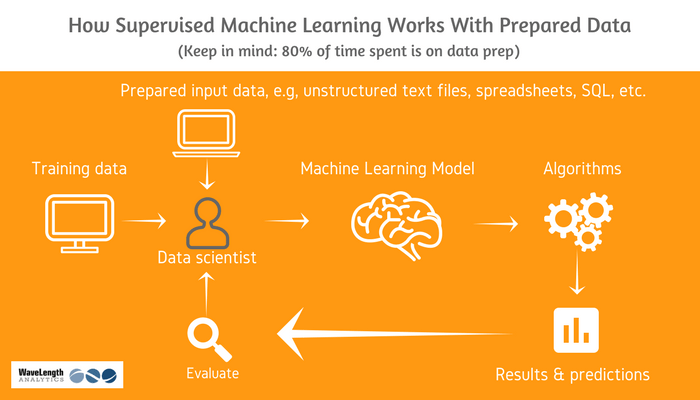
Nonetheless, new machine learning for marketing use cases constantly emerge, so, we’ll quickly explain the other two machine learning ways.
In unsupervised learning, the model is fed with data, but not the right answers. It then discovers patterns by itself to find the right answers.
In reinforcement learning, there are not right answers given, either. Instead, the model figures out how to act and react in its environment based on a reward system.
Robotic vacuum cleaner Roomba is the famous example. It moves, hits an obstacle, which is negative, and then changes course. It keeps changing course until free of obstacles. This is exactly how reinforcement learning works.
What all three machine learning methods have in common – algorithms and a constant flow of data. Obviously, the digital marketing infrastructure that marketers use constantly pumps out enormous data amounts.
Think of all that behavioral data that continuously comes from web analytics, social media marketing automation or customer relationship management. Machine learning algorithms take great advantage of it all.
Summing Up Machine Learning for Marketers
The more data those ML algorithms get, the faster and better the outcome. And this is precisely why marketing is poised to benefit – and benefit big — from machine learning and technologies built on it.
That’s why we’re big believers in machine learning for marketers.
Hey! Friends help friends grow by sharing!


